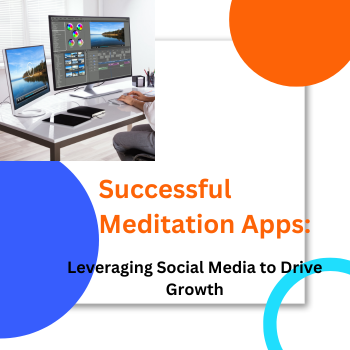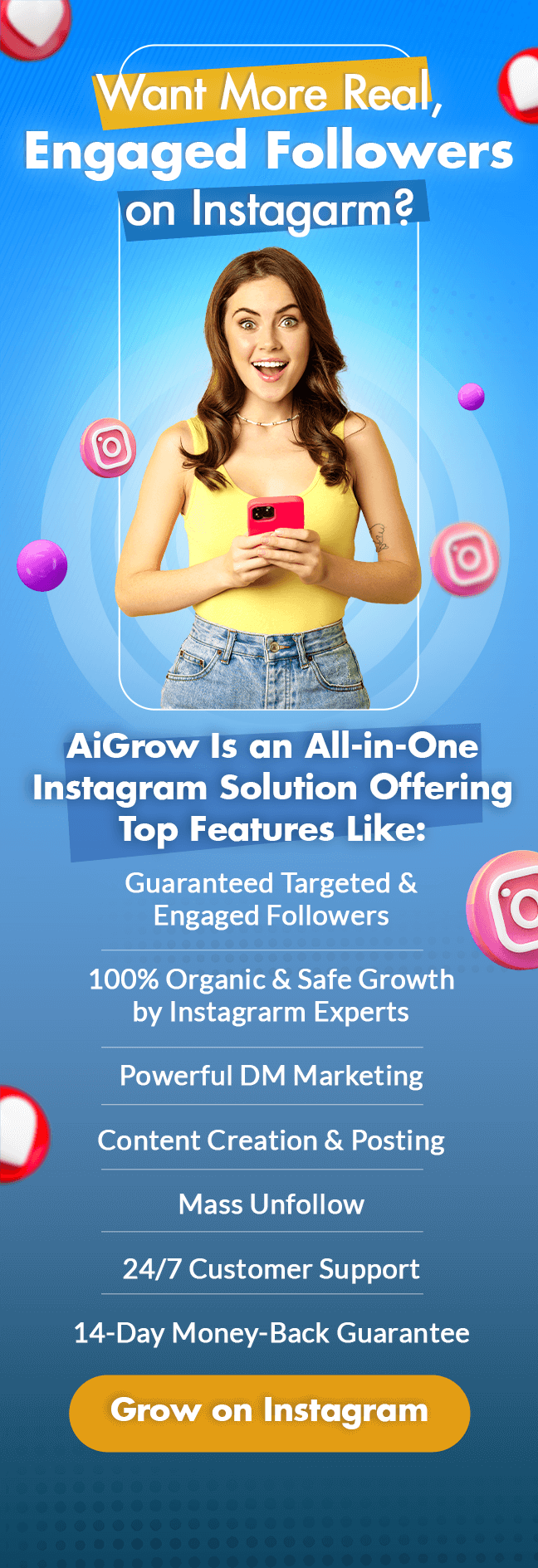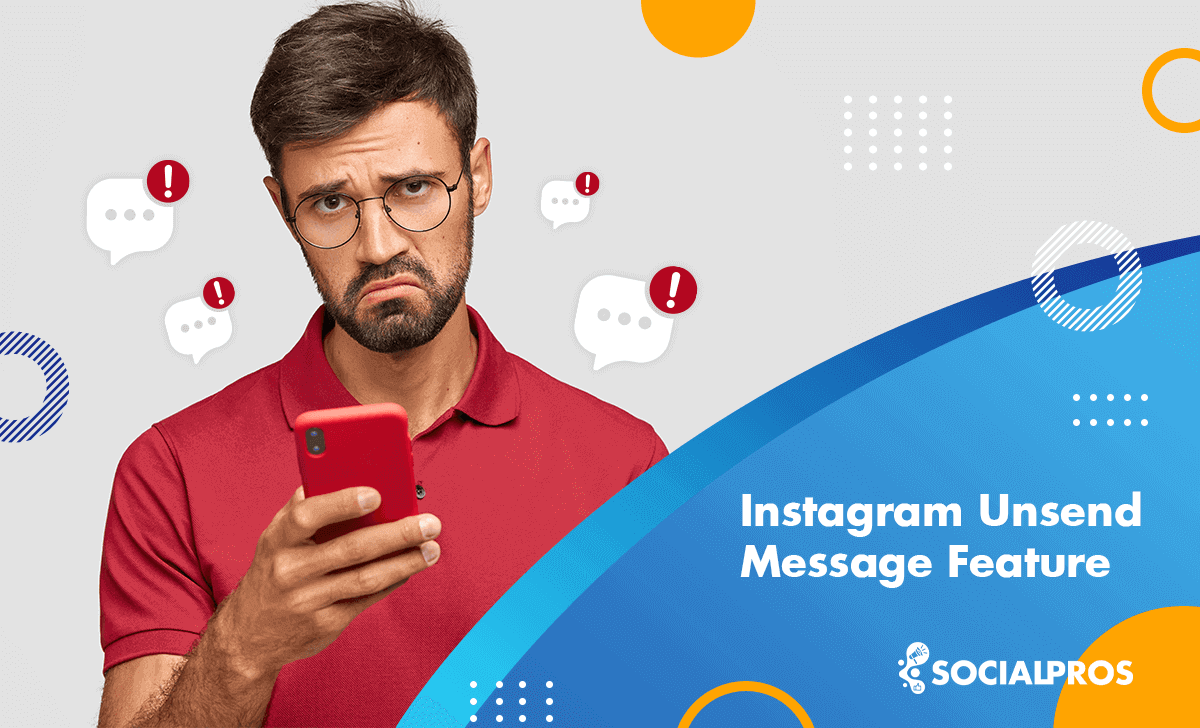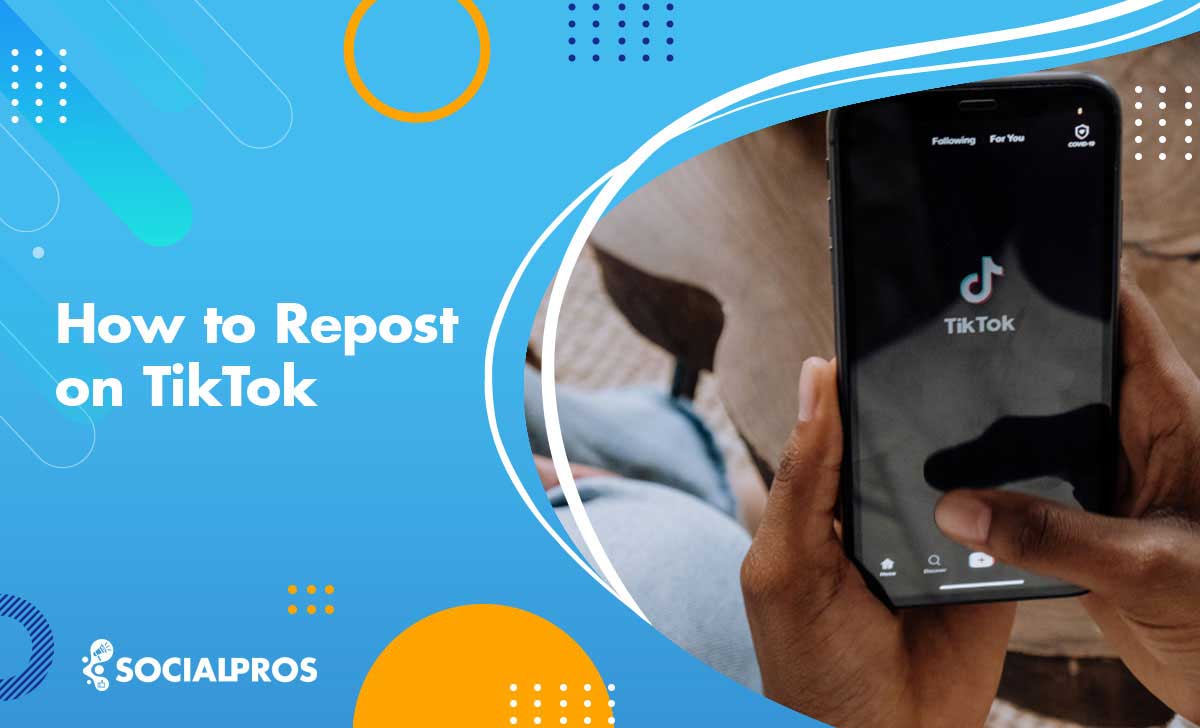Page Contents
Meditation has gained widespread popularity in recent years, and with the advent of technology, meditation apps have emerged as a convenient way for people to practice mindfulness and achieve inner peace. If you want to explore how to create a meditation app, keep reading!
We’ll discuss the ins and outs of meditation app development and the nuances you need to be familiar with before you can begin.
Nuances to Prepare For
Building a meditation app comes with a few challenges and nuances you need to prepare for, including:
Mindfulness Practice
First and foremost, it’s important to have a solid understanding of mindfulness practice. Developing a meditation app requires an understanding of the various techniques and practices used in mindfulness, such as breathwork, body scan, and visualization. It’s also important to understand the benefits of meditation, which include reducing stress, improving sleep, and enhancing overall well-being.
User Demographics
You have to know your target audience before you can create your own meditation app. Consider factors such as age, gender, and level of experience with meditation. The needs of an experienced meditator may differ from those of a beginner. Understanding your target audience will help you design a user interface that is intuitive and engaging.
App Features
Deciding on the features of your app is a critical part of the meditation mobile app development process. Some important features to consider include a variety of meditation techniques, the ability to customize sessions, and guided meditations. Additionally, gamification features such as rewards and progress tracking can help keep users engaged and motivated.
Technical Considerations
There are a few technical considerations to keep in mind when developing a meditation app. These include the choice of platform (iOS, Android, web-based), security features to protect user data, and integration with wearable technology such as smartwatches.
How to Create a Meditation App? Main Stages of the Design Process
Now that we’ve covered the various nuances, we can show you how to make a meditation app.
1. Research and Planning
The primary stage of the design process is research and planning. This involves identifying your target audience, understanding their needs and preferences, and conducting market research to identify existing competitors and opportunities for differentiation. You should also establish your design goals and create a project plan that outlines the development timeline and budget.
2. Wireframing and Prototyping
The next stage of the design process is wireframing and prototyping. This involves designing a visual representation of the app’s user interface (UI) and user experience (UX) using wireframes and prototypes. Wireframes are basic layouts that show the general structure of the app, while prototypes are interactive simulations that allow users to experience the app’s features and functionality.
3. Visual Design
Visual design is the stage in which the app’s aesthetics and branding are developed. This includes creating a color scheme, choosing fonts and icons, and designing the app’s logo. The visual design should align with the app’s purpose and target audience.
4. Development and Testing
The development and testing stage involves turning the wireframes, prototypes, and visual design into a functioning app. Developers use coding languages and software development tools to build the app’s functionality, while testers conduct quality assurance to ensure that the app is functioning properly and free of bugs.
5. Launch and Post-Launch
The final stages of the design process involve launching the app and continuing to monitor its performance post-launch. This includes optimizing the app for user feedback and making necessary updates and improvements based on user behavior and app usage data. Additionally, marketing efforts should be put in place to promote the app and drive downloads and user engagement.
Some peculiarities of advertising meditation apps on social media
Advertising meditation apps on social media can differ from advertising other apps. Here are some peculiarities to consider when advertising meditation apps on social media:
Focus on the benefits: When advertising meditation apps, focus on the benefits of using your app rather than the app itself. Highlight how it can help users reduce stress, improve focus, and enhance overall well-being.
Use calming visuals: Use calming and soothing visuals such as nature scenes, peaceful backgrounds, and serene colors to help create a sense of relaxation and mindfulness in your ad.
Provide value: Offer users a free trial or other value proposition to encourage them to try your app. Provide valuable content related to mindfulness and meditation to engage with users and show them how your app can help them.
Target specific audiences: Use targeting options on social media platforms to reach audiences likely to be interested in meditation and mindfulness. Consider targeting users who follow related topics or are interested in wellness and self-improvement.
Leverage video content: Use videos to demonstrate how your app works and how it can help users. Consider creating a guided meditation video or a video that showcases your app’s features and benefits.
Collaborate with influencers: Collaborating with influencers passionate about mindfulness and wellness can help increase the reach and credibility of your ad. Partner with influencers who align with your brand values and messaging.
Focus on social proof: Use user testimonials, ratings, and reviews to provide social proof and build trust with potential users. This can help increase the likelihood of them trying your app.
Ways to Find Social Media Influencers to Promote Meditation Apps
Finding social media influencers to promote meditation apps can be an excellent method for reaching a wider audience and increasing awareness about the benefits of using your app. Here are some tips to help you find influencers who can help you promote your meditation app:
- Define your target audience: It’s important to know who your target audience is before you start searching for influencers. Identify your ideal customer and the type of influencer they’re likely to follow.
- Use influencer search tools: There are many influencer search tools available online, such as Ainfluencer, Buzzsumo, Ninja Outreach, and Upfluence. These tools can help you find influencers in your niche who have large following and high engagement rates.
Ainfluencer is one of the top tools and a great option for both brands and influencers.
This DIY marketplace helps brands find different types of influencers, especially micro influencers, using its AI search engine. Brands can invite influencers for collaboration, negotiate with them, and run various influencer marketing campaigns.
Ainfluencer also gives brands the opportunity to create campaigns on the platform, allowing influencers to search through thousands of campaigns and find their favorite one. Influencers can make offers to brands and tell them why they can be a good fit.
So, whether you are an influencer looking for brands to cooperate with, or a brand wanting to run marketing campaigns, Ainfluencer is the perfect choice.
Sign up for free and try it yourself.
- Look for relevant hashtags: Use relevant hashtags related to meditation, mindfulness, and wellness to find influencers who are already talking about these topics on social media.
- Check out competitor’s followers: Check out your competitors’ social media accounts and see who is engaging with their content. These users may be interested in your app as well.
- Review influencer’s engagement: When evaluating potential influencers, look at their engagement rates to ensure they have an active and engaged following. High engagement rates typically indicate that an influencer’s followers are interested in their content.
- Reach out to potential influencers: Once you’ve identified potential influencers, reach out to them and pitch your app. Be sure to provide a clear value proposition and explain how your app can benefit their audience.
Conclusion
Developing a meditation app requires careful consideration of both the nuances and the main stages of the design process. Understanding mindfulness practices, knowing your target audience, and deciding on the app features are just a few of the nuances you need to prepare for. The main stages of the design process include research and planning, wireframing and prototyping, visual design, development and testing, and launch and post-launch. But once you’ve learned how to create a meditation app, your app can gather a huge audience in a short amount of time and really help them live their best lives.






